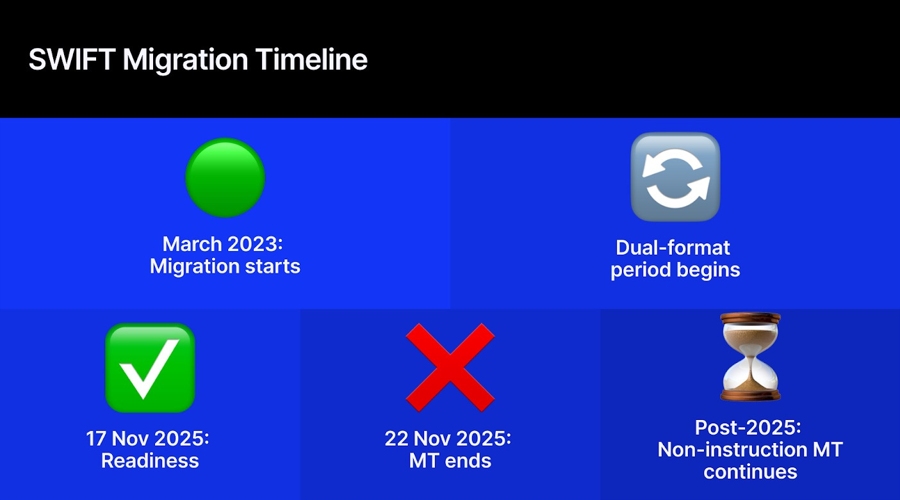Chiloé is a charming island, but the traveler must be prepared to face a few frustrations. Towns like Ancud and Castro are very crowded. The traffic is congested and it’s hard to find a place to park. Even the sidewalks are crowded with people. The roads are narrow and the houses are packed into a small space.
Chiloe is also a relatively poor province by Chilean standards, and I suspect that helps explain why it is more crowded than other parts of Chile.
When I was young, lots of educated people linked poverty with “overpopulation”. That wasn’t actually true, but I can sort of understand how people reached that conclusion. Poor places often seem quite crowded.
But crowding is not the same thing as high population density. Orange County is only about 1/4th the size of Chiloé, but has 20 times the population (3.2 million vs. 160,000.) That makes it 80 times denser. And yet Orange County feels quite spacious. It has wide roads where the traffic flows easily, and there are plenty of places to park. The sidewalks are not crowded. You don’t have to push past people while shopping.
You might argue that Orange County is urban and Chiloé is a mix of crowded towns and open countryside, so I’m comparing apples and oranges. But Connecticut is also a mix of towns and countryside, is only 50% larger than Chiloé, and yet has more than 20 times more people. It also feels far less crowded.
So what’s going on here? Why do poor places that have low population density seem so crowded? I’m not sure, but here are some possibilities:
1. When traveling in Austria last fall, I noticed that things worked extremely smoothly despite high population density. That’s partly due to two factors—more infrastructure and better designed infrastructure. Bad infrastructure makes things seem more crowded.
2. Poor people may choose to consume less land (to save money). They may choose to live in crowded conditions, even in smaller towns, in order to be able to consume more of other goods.
3. Poor people may lack many modern conveniences, and derive a greater share of their utility from social interaction. They may find crowded conditions to be less annoying than does a cold, anti-social North American like me. (Even worse, of Nordic and British descent!)
4. The poor may rely more heavily on walking, in which case they may prefer a dense environment.
Other ideas?
And it’s not just Chiloé. Everywhere I’ve traveled, I see crowded conditions in poorer towns. People associate China with crowded big cities like Shanghai, but even the smaller towns in China are quite crowded.
PS. To anticipate one criticism, it is tourist season. But I believe the phenomenon I describe is fairly general. Yesterday, I exited a parking area at a tourist site by slowly backing our rental car for several hundred meters between a row of cars on one side and a barbed wire fence on the other. There wasn’t even room to turn around. That doesn’t happen at US tourist areas. And yet this was in the wilderness, where there is plenty of open land.







































